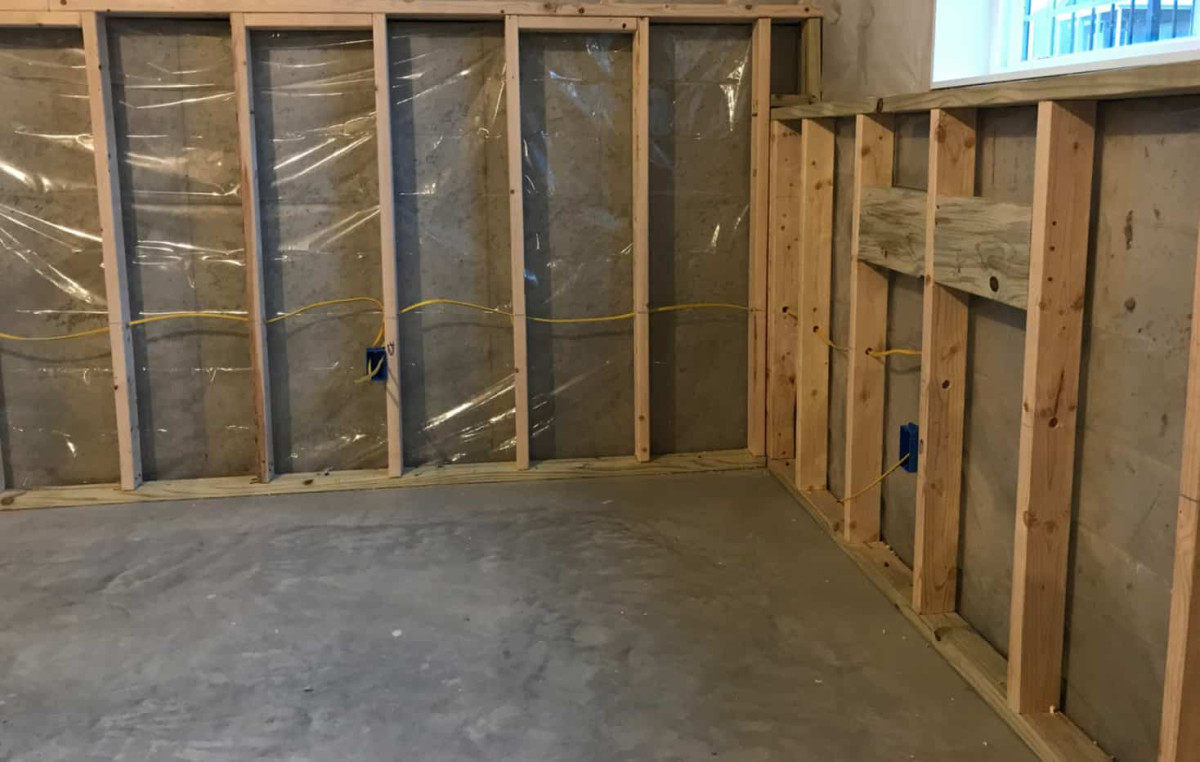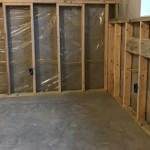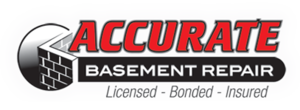Basement waterproofing is a vital aspect of home maintenance, especially for those living in regions prone to heavy rainfall or high water tables. Over the years, numerous advancements in technology and methods have provided homeowners with more effective ways to keep their basements dry. This article explores modern methods for basement waterproofing, highlighting innovative practices and technologies that can help safeguard your home.
Recognizing Water Problems in Basements
Before diving into the solutions, it’s crucial to understand the common water problems that affect basements:
- Hydrostatic Pressure: This is caused by water in the soil around the basement exerting pressure on the walls and floor, leading to water penetration through cracks and porous materials.
- Inadequate Drainage: When exterior drainage systems, like gutters and downspouts, are clogged or improperly installed, water can pool around the foundation.
- Foundation Cracks: Settling or structural issues can cause cracks in the foundation, providing a direct pathway for water to enter.
- Condensation: High indoor humidity can cause condensation on basement walls and floors, contributing to moisture issues.
Faulty Windows and Doors: Poorly sealed or installed windows and doors can be a source of water ingress.
Cutting-Edge Exterior Waterproofing Methods
Addressing water problems from the exterior is often the most effective approach, though it can be more complex and costly.
Excavation and Waterproof Membranes:
Process: Excavating soil around the foundation, cleaning the walls, and applying waterproof membranes.
Materials: Elastomeric coatings, rubberized asphalt, or bituminous membranes.
Benefits: Creates a strong barrier against water and preserves the foundation’s structural integrity.
French Drains and Exterior Drainage:
French Drains: These involve installing perforated pipes along the foundation’s perimeter to channel water away.
Drainage Channels: Systems built around the foundation to collect and divert water.
Benefits: Reduces hydrostatic pressure and prevents water accumulation near the foundation.
Landscaping and Grading:
Process: Adjusting the slope of the ground around the house to direct water away.
Materials: Soil, mulch, and suitable plants.
Benefits: Helps prevent water from pooling around the foundation and mitigates the risk of water intrusion.
Innovative Interior Waterproofing Solutions
Interior waterproofing methods focus on managing water that has already infiltrated the basement. While these methods don’t stop water from entering the foundation, they effectively control and redirect it.
Sealants and Interior Coatings:
Process: Apply waterproof paints or sealants to interior walls and floors to create a moisture barrier.
Materials: Epoxy, acrylic, or latex-based sealants.
Benefits: Provides a quick and cost-effective solution for minor water issues and condensation problems.
Interior Drainage Systems:
Sump Pumps: Installed in a sump pit to collect and pump out water that has entered the basement.
Interior French Drains: Perforated pipes installed along the perimeter of the basement floor to channel water to the sump pump.
Benefits: Effectively manages water and prevents flooding.
Vapor Barriers:
Process: Installing plastic sheets or membranes on walls and floors to prevent moisture from seeping in.
Materials: Polyethylene sheets or vapor barrier paint.
Benefits: Reduces moisture and helps control humidity levels in the basement.
Preventive Measures and Routine Maintenance
To ensure the effectiveness of waterproofing solutions, regular maintenance and preventive measures are essential.
Routine Inspections:
Check for Cracks: Inspect walls and floors regularly for cracks and repair them promptly.
Monitor Humidity: Use a hygrometer to monitor humidity levels and use dehumidifiers if necessary.
Gutter and Downspout Care:
Clean Regularly: Ensure gutters are free of debris and functioning correctly.
Proper Extensions: Extend downspouts away from the foundation to prevent water pooling.
Maintain Proper Grading:
Slope Maintenance: Regularly check and maintain the slope of the ground around your home.
Appropriate Planting: Use plants that require minimal watering and avoid planting trees too close to the foundation.
Advanced Techniques for Persistent Issues
For homes facing severe or persistent water problems, advanced waterproofing techniques may be necessary.
Bentonite Clay Panels:
Process: Installing panels made from bentonite clay against the foundation walls.
Benefits: Bentonite clay expands when wet, forming an impermeable barrier that blocks water.
Sheet Membranes:
Process: Applying large adhesive-backed sheets to the exterior foundation walls.
Benefits: Provides a continuous, flexible barrier that adapts to minor foundation shifts.
Chemical Grouting:
Process: Injecting chemical grouts into the soil around the foundation to create a waterproof barrier.
Benefits: Fills voids and cracks in the soil, preventing water from reaching the foundation.
Geo-Composite Drainage Systems:
Process: Installing composite drainage boards with filter fabrics against foundation walls.
Benefits: Facilitates drainage and protects waterproofing membranes from damage.
Case Studies: Successful Implementations
Flood-Prone Residential Home:
Challenges: Frequent flooding, high water table, and poor soil drainage.
Solutions: Combination of exterior sheet membranes, interior sump pumps, and advanced grading.
Outcome: Effective elimination of basement water issues and improved property value.
Historic Home with Structural Issues:
Challenges: Crumbling foundation, multiple cracks, and water seepage.
Solutions: Epoxy injections, bentonite clay panels, and comprehensive interior drainage.
Outcome: Restored structural integrity and a dry, usable basement space.
Modern Home with High Humidity:
Challenges: Persistent high humidity leading to mold growth and condensation.
Solutions: Smart dehumidifiers, vapor barriers, and improved ventilation.
Outcome: Controlled humidity levels and a healthier indoor environment.
Modern methods for basement waterproofing offer a range of solutions to ensure a dry, healthy, and functional basement. By understanding the causes of water problems and implementing effective strategies, homeowners can protect their investments and enhance their living environments. Regular maintenance and the adoption of advanced technologies are essential for long-term success in waterproofing efforts. Whether addressing minor issues or tackling severe water problems, investing in modern waterproofing methods is a wise decision for any homeowner.
Contact the Professionals at Accurate Basement Repair Today! 414-744-6900





